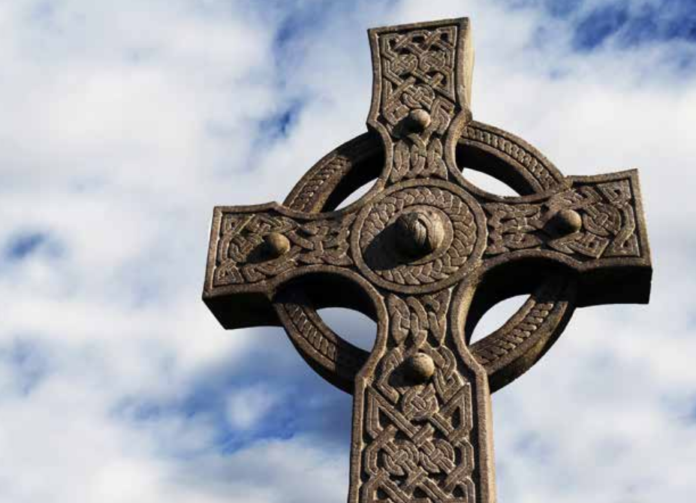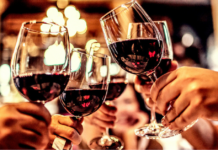Standing stones have long been the main points of solar cults throughout Europe before the advent of Celtic Christianity. Their shape meant to suggest that they were meant to represent trees which were held in great esteem by the early Celts.
The Christianization of the stones by carving crosses on them, a custom said to be introduced by St. Patrick was the start of the Christian presence in Ireland.
It has been said that the most important achievement in the history of Irish sculpture is the Celtic High Cross. These crosses can be identified by a large stone circle intersecting the arms and the upright shaft. From the early days of Irish Christianity, crosses had been set in slabs as symbols of the faith and put up in monastic settlements.
The predecessors of the Irish crosses were possibly the stone crosses erected in North Umbria in the late 7th Century. Figured sculpture became a major element of the crosses. In the early pieces, hunting scenes, with a moral message appeared only on the substantial bases as at Ahenny. In the style of transitional, shafts became covered with relief panels as in the South Cross, Clonmacnois. The use of human figures on the Irish crosses may have been influenced by English ivories. The Columban monastery of Kells, Co Meath, has a transitional cross that being of St. Patrick and St. Columba early 9th century which indeed carries a number of Biblical scenes. The area around Kells appears to have been vital in the development of later high crosses in eastern and northern Ireland.
The group of central figures of scriptural high crosses has a set religious subject which is based on the themes of Gog’s grace to man’s and the links between events in the Old and New Testaments. There, ideas relate to the Reformist Celi D movement, with it’s new great interest in the Scriptures. There crosses look forward to the Irish Romanesque Art Movement and the Celtic culture in general. The best example is the Cross of Muiredach and the West Cross of the Scriptures of Monasterboice in Co Louth. The figures are in this instance cut in sandstone. Figured panels are on the base of the shaft and ornamental panels the narrow face. There is generally a Crucifix on one side with the New Testament scenes in panels beneath; on the other face are the Last Judgment and Old Testament scenes.
The terrible Viking attacks appeared to have stopped the carving of high crosses in the South of Ireland, and later some crosses were erected in the North.
This great development of the Irish Cross indicates the deep and solid Christian faith which the Irish people had and continue to have to the present day.











